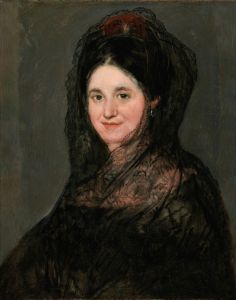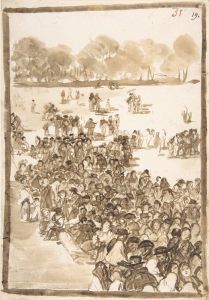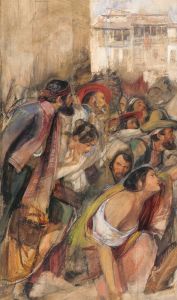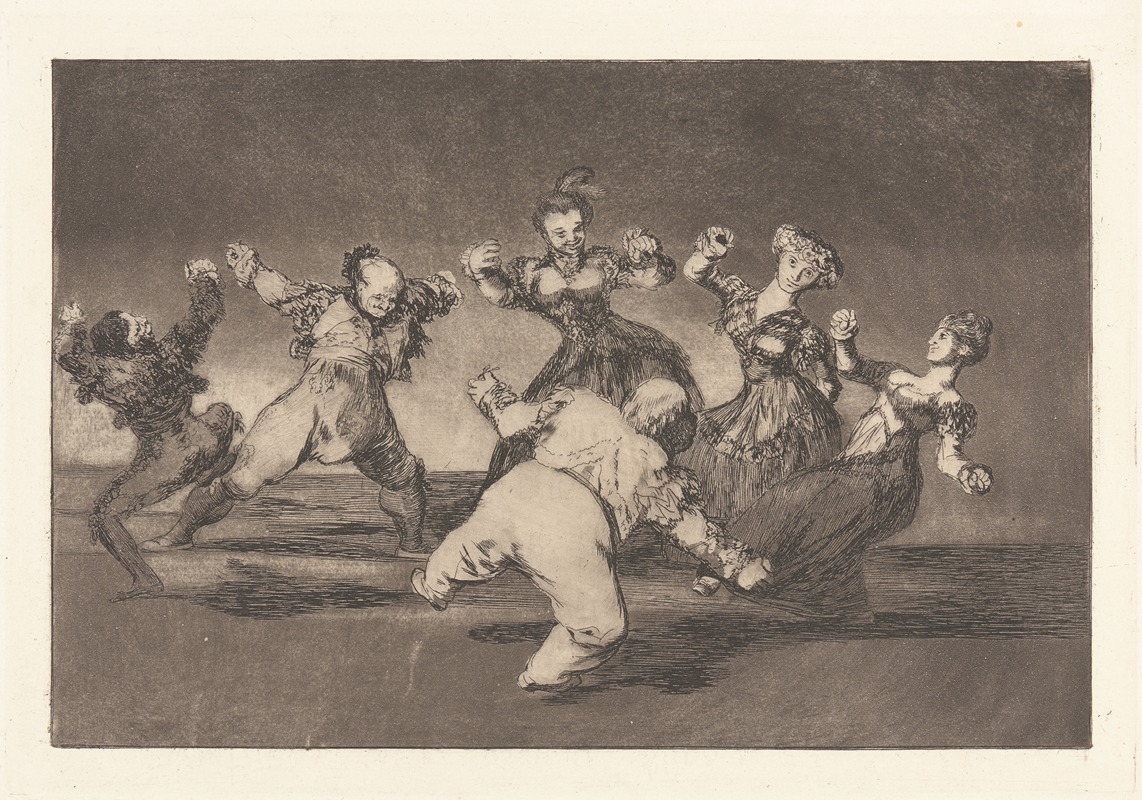
If Marion Will Dance, then She Will Have to Take the Consequences
A hand-painted replica of Francisco de Goya’s masterpiece If Marion Will Dance, then She Will Have to Take the Consequences, meticulously crafted by professional artists to capture the true essence of the original. Each piece is created with museum-quality canvas and rare mineral pigments, carefully painted by experienced artists with delicate brushstrokes and rich, layered colors to perfectly recreate the texture of the original artwork. Unlike machine-printed reproductions, this hand-painted version brings the painting to life, infused with the artist’s emotions and skill in every stroke. Whether for personal collection or home decoration, it instantly elevates the artistic atmosphere of any space.
Francisco de Goya, a prominent Spanish painter and printmaker, is known for his profound impact on the art world, particularly during the late 18th and early 19th centuries. One of his works, "If Marion Will Dance, then She Will Have to Take the Consequences," is part of his series of prints known as "Los Caprichos." This series, created between 1797 and 1798, consists of 80 aquatint prints that critique the social, political, and religious issues of his time.
"Los Caprichos" is renowned for its satirical and often dark portrayal of human follies and societal problems. Goya used this series to express his disillusionment with the Spanish society of his day, targeting the corruption, superstition, and ignorance he observed. The prints are characterized by their imaginative and sometimes grotesque imagery, which Goya employed to convey his critical messages.
"If Marion Will Dance, then She Will Have to Take the Consequences" fits within this context, although specific details about this particular print are scarce. The title suggests a moral or cautionary theme, which is consistent with the overarching tone of "Los Caprichos." Goya often used allegory and metaphor in his work to illustrate the consequences of human actions, and this print likely follows that pattern.
Goya's technique in "Los Caprichos" involved the use of aquatint, a printmaking process that allowed for the creation of tonal effects, adding depth and texture to his images. This method enabled Goya to produce prints with a wide range of shades, from light grays to deep blacks, enhancing the dramatic and often eerie atmosphere of his work.
The series was initially published in 1799, but Goya withdrew it from public sale shortly after its release, possibly due to fear of backlash from the powerful institutions he critiqued. Despite this, "Los Caprichos" has since been recognized as a significant contribution to the art world, showcasing Goya's innovative approach and his willingness to challenge societal norms.
Goya's work, including "If Marion Will Dance, then She Will Have to Take the Consequences," continues to be studied for its artistic merit and its commentary on the human condition. His ability to blend technical skill with profound social critique has cemented his legacy as one of the most important figures in Western art history.
While specific interpretations of individual prints like "If Marion Will Dance, then She Will Have to Take the Consequences" may vary, the enduring impact of Goya's "Los Caprichos" lies in its ability to provoke thought and reflection on the complexities of human nature and society.





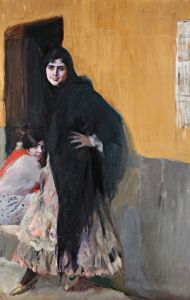
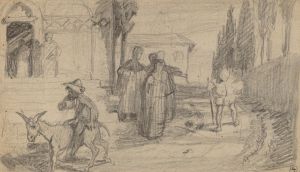
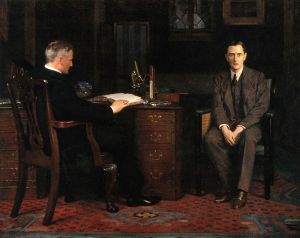
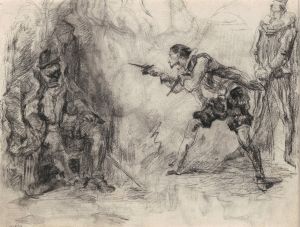
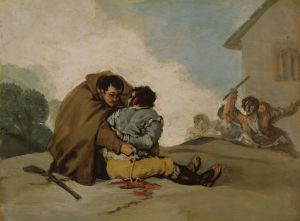
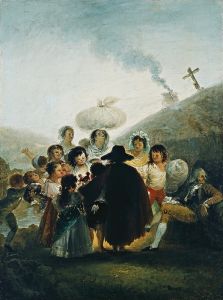
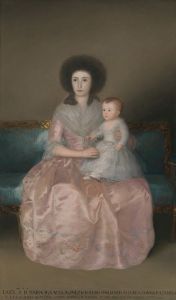
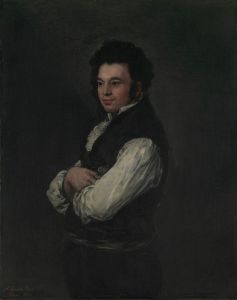
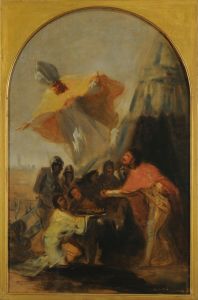
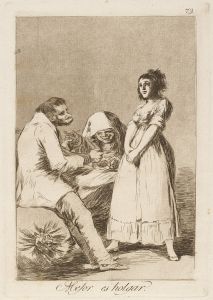
![The Claws of a Cat and the Dress of a Devotee-Similar to Vice Is Often Clothed in Virtue’s Habit [General Folly]](/imgs/264662/s/francisco-de-goya-the-claws-of-a-cat-and-the-dress-of-a-devoteesimilar-to-vice-is-often-clothed-in-virtues-habit-general-folly-3d0e1eb5.jpg)
